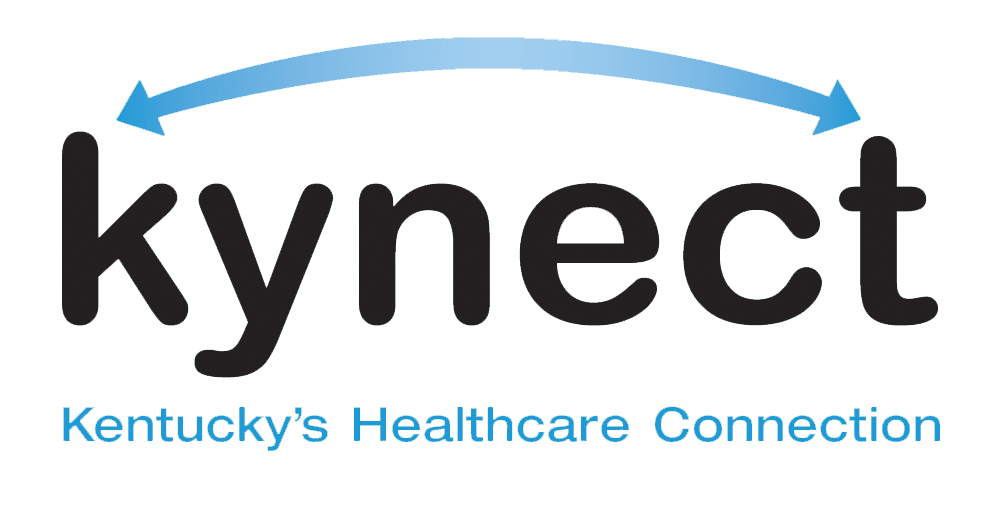-
Tips for becoming a good boxer - November 6, 2020
-
7 expert tips for making your hens night a memorable one - November 6, 2020
-
5 reasons to host your Christmas party on a cruise boat - November 6, 2020
-
What to do when you’re charged with a crime - November 6, 2020
-
Should you get one or multiple dogs? Here’s all you need to know - November 3, 2020
-
A Guide: How to Build Your Very Own Magic Mirror - February 14, 2019
-
Our Top Inspirational Baseball Stars - November 24, 2018
-
Five Tech Tools That Will Help You Turn Your Blog into a Business - November 24, 2018
-
How to Indulge on Vacation without Expanding Your Waist - November 9, 2018
-
5 Strategies for Businesses to Appeal to Today’s Increasingly Mobile-Crazed Customers - November 9, 2018
Number of L.A. uninsured drops; poverty numbers stay the same
Several sources, including officials with the Obama administration, have released figures in the past two years showing steep drops in the number of uninsured, but none is considered as reliable as the Census data.
Advertisement
According to the Census Bureau’s American Community Survey, the percentage of people without insurance in the Los Angeles area was 14.7 percent in 2014, down from 20.2 percent in 2013.
The number of people in the US without health insurance dropped by nearly 9 million from 2013-2014, the Census Bureau reported.
Nationwide, 33 million people, or 10.4 percent of the population, were uninsured throughout the year, according to the report. That drop is the largest recorded since 2008, the bureau said.
In non-expansion states, Wisconsin’s 7.3 percent was the best rate while Texas’ 19.1 percent was the worst.
The Affordable Care Act included generous federal subsidies to encourage states to expand their programs, although many with Republican governors did not do that.
Although Kansas didn’t elect to do so, some states also expanded Medicaid to people making up to 133 percent of the federal poverty line.
Meanwhile, wages continued a long stagnation, with the median household income remaining at $53,657, effectively the same, after being adjusted for inflation, as the year before, showing why so many Americans feel that they have not experienced any improvement in their economic prospects. Meanwhile, the population that purchases health coverage directly from insurance companies – including through the federally and state-run health-insurance marketplaces – increased by 3.2 percentage points, from 11.4 percent to 14.6 percent. Alaska, on the other hand, which had the third-highest median income, was the only state in the nation where the poverty rate actually increased.
The increase in the number of insured was also dramatic statewide, increasing to 87.6 percent in 2014 from 82.8 percent in 2013.
The declines are attributed to the Affordable Care Act and its individual mandate requirement, which went into effect in 2014.
Advertisement
Anthony Wright, executive director of the advocacy group Health Access California, said the findings “are encouraging, but there’s more still to be done”, adding that California “started at such a higher [uninsured] rate than most other states” (Sacramento Bee, 9/16).





























